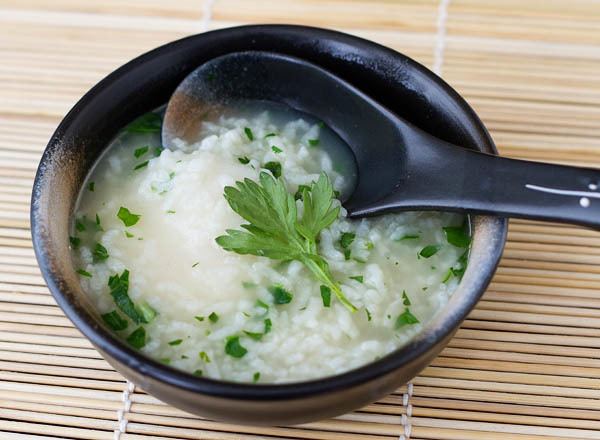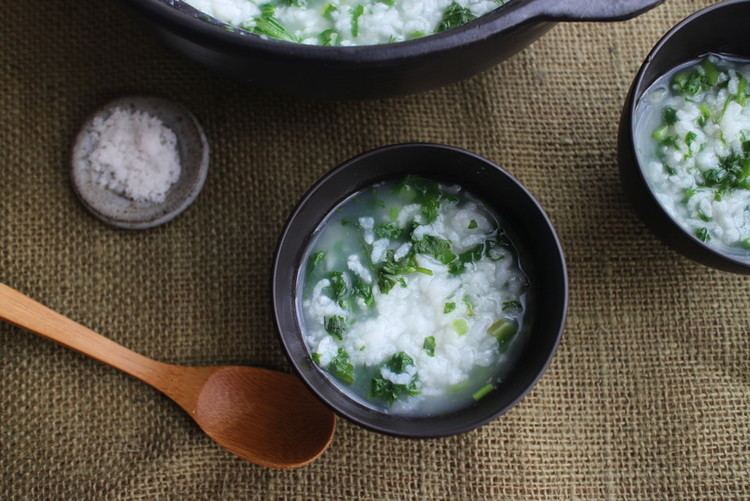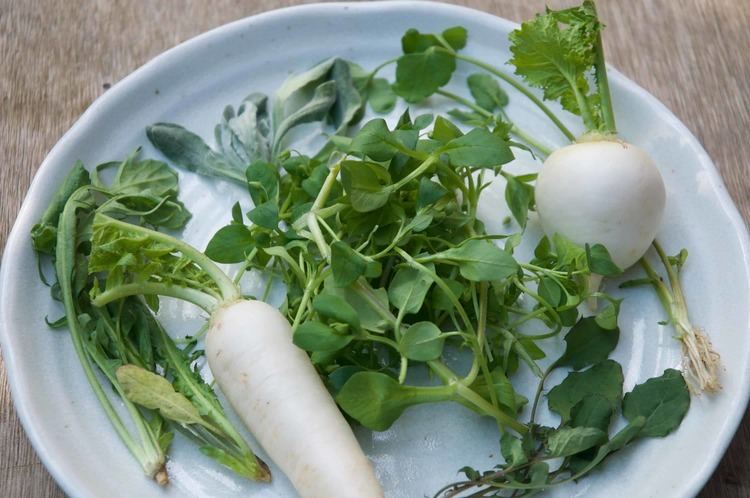 | ||
Nanakusa gayu nanakusa no sekku google doodle hq
The Festival of Seven Herbs or Nanakusa no sekku (Japanese: 七草の節句) is the long-standing Japanese custom of eating seven-herb rice porridge (nanakusa-gayu) on January 7 (Jinjitsu).
Contents
- Nanakusa gayu nanakusa no sekku google doodle hq
- Seven spring flowers
- Seven autumn flowers
- Cautionary note
- References

Seven spring flowers
The nanakusa are seven edible wild herbs of spring. Traditionally, they are:
There is considerable variation in the precise ingredients, with common local herbs often being substituted.

On the morning of January 7, or the night before, people place the nanakusa, rice scoop, and/or wooden pestle on the cutting board and, facing the good-luck direction, chant "Before the birds of the continent (China) fly to Japan, let's get nanakusa" while cutting the herbs into pieces. The chant may vary.

The seventh of the first month has been an important Japanese festival since ancient times. The custom of eating nanakusa-gayu on this day, to bring longevity and health, developed in Japan from a similar ancient Chinese custom, intended to ward off evil. Since there is little green at that time of the year, the young green herbs bring color to the table and eating them suits the spirit of the New Year.
Seven autumn flowers

The spring-time nanakusa are mirrored by the Nanahana no sekku (七花の節句), the "seven flowers of autumn" or "festival of seven flowers"), which are bush clover (hagi), miscanthus (obana, Miscanthus sinensis), kudzu, large pink (nadeshiko, Dianthus superbus), yellow flowered valerian (ominaeshi, Patrinia scabiosaefolia), boneset (fujibakama, Eupatorium fortunei), and Chinese bellflower (kikyō). These seven autumn flowers provide visual enjoyment. Their simplicity was very much admired: they are small and dainty yet beautifully colored. They are named as typical autumn flowers in a verse from the Man'yōshū anthology.
Cautionary note

The Japanese parsley (Oenanthe javanica) is one of the few non-toxic species of the Oenanthe (water dropworts) genus, which are otherwise extremely toxic. As this species is not found outside of Asia unless specifically cultivated, one should always consider wild-growing varieties of water dropworts to be lethal, even in small amounts.
